

William Stopford
2025 Chevrolet Silverado ZR2 review
1 Month Ago
It looks like a regular badge, but Volkswagen Australia says this concealed device could stop you from a serious accident with a kangaroo.

News Editor
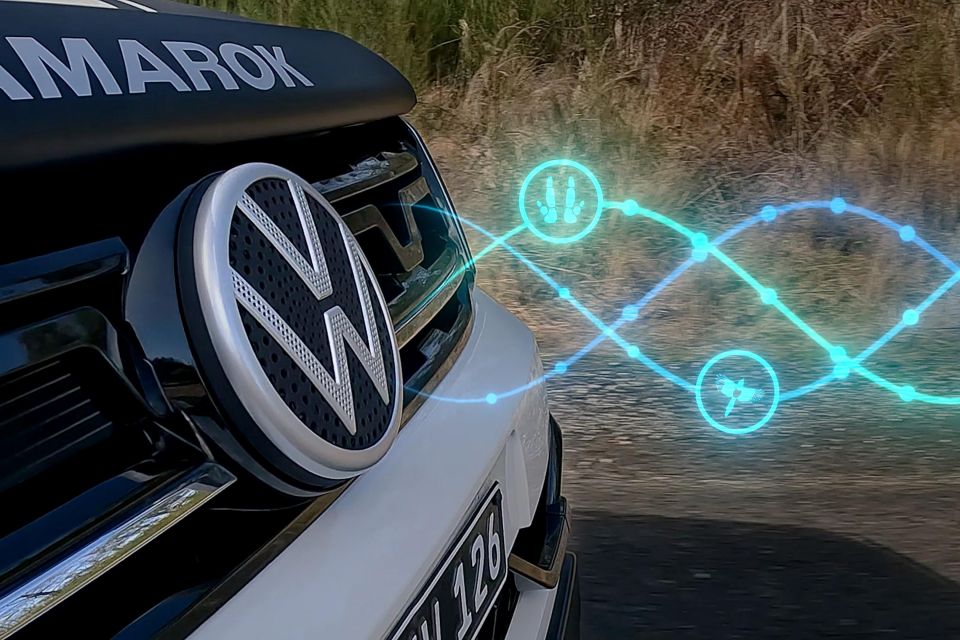

News Editor
Volkswagen has a revealed a device called the RooBadge which it says could prevent collisions between vehicles and kangaroos.
It’s a concealed device that plays a combination of natural and artificial sounds, mixed in real time, that are projected as a high-frequency audio signal.
While there are devices out there that can be affixed to a vehicle to emit kangaroo-deterring sounds, the RooBadge is – as the name suggests – integrated where a Volkswagen’s badge would normally be.
The RooBadge is also connected to an in-car app, and calibrates the vehicle’s GPS coordinates with kangaroo distribution data.
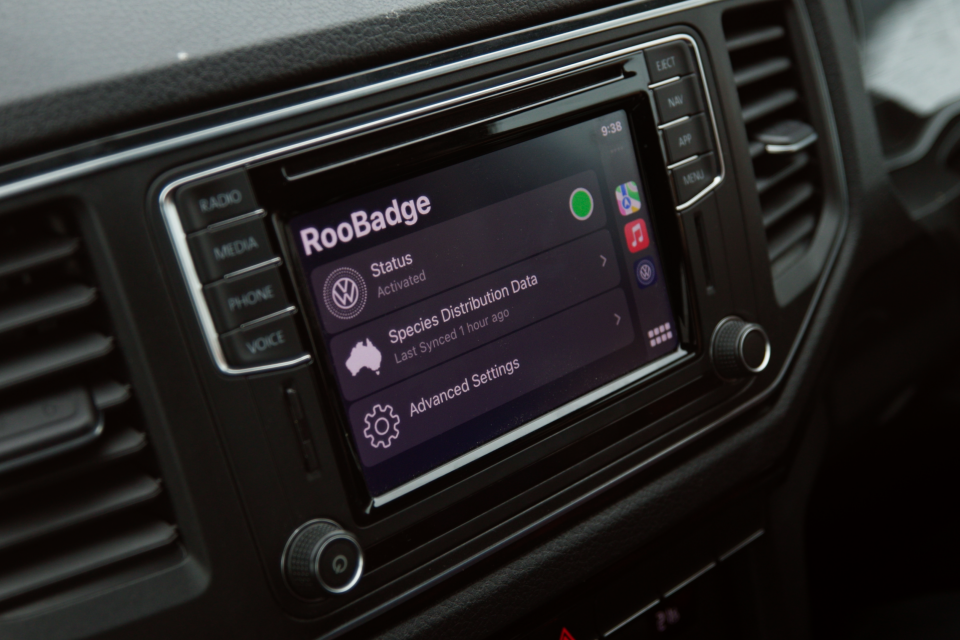
It has been developed over a three-year period by Volkswagen Australia and the DDB Group in consultation with the University of Melbourne and WIRES, the wildlife rescue organisation.
After extensive trials, Volkswagen says it has obtained permission from the University of Melbourne Office of Research Ethics and Integrity to move into Stage Four trials, which will allow it to test the technology in the wild.
University of Melbourne Associate Professor Graeme Coulson says the RooBadge goes much further than existing kangaroo deterrents.
“[RooBadge does] something no kangaroo deterrent has been able to do before,” he said.
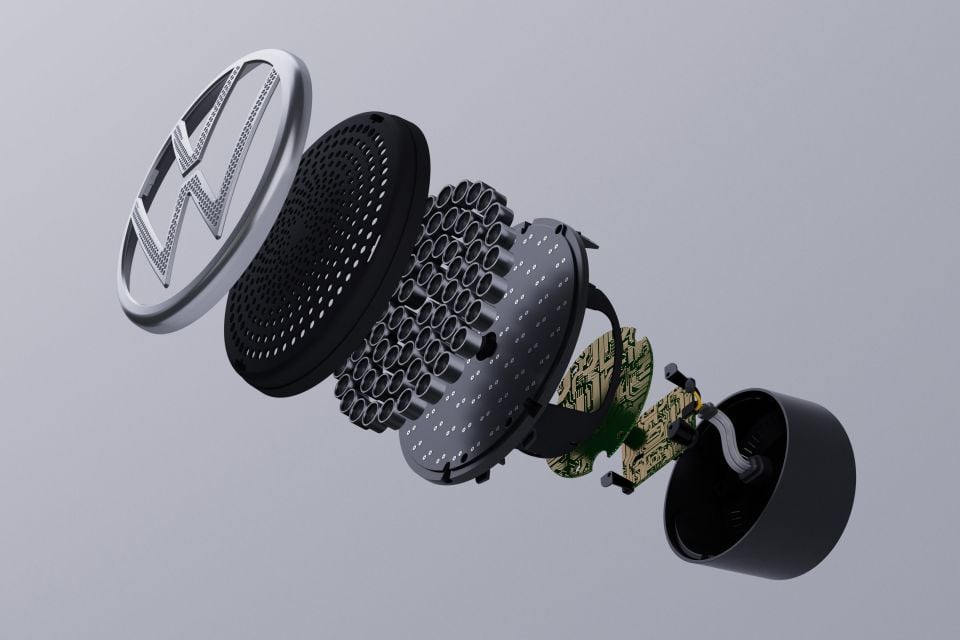
“It’s difficult to produce a single sound that will deter all kangaroos, because the species are different to each other. Using advancement in car technology we can change the sound deterrent by GPS location.
“We have worked on sounds that will be meaningful to Eastern Grey Kangaroos, things like dingo calls, alarm calls made by birds and the alarm thumps that kangaroos make to warn each other. We will then be able to tweak the sound for other species.”
According to Volkswagen, collisions with kangaroos account for around 90 per cent of on-road wildlife accidents in Australia.
With this project, the German brand says it could save countless kangaroos and hundreds of thousands of dollars in damage, while also reducing the chance of fatal accidents where drivers swerve to avoid a kangaroo and strike an oncoming vehicle.
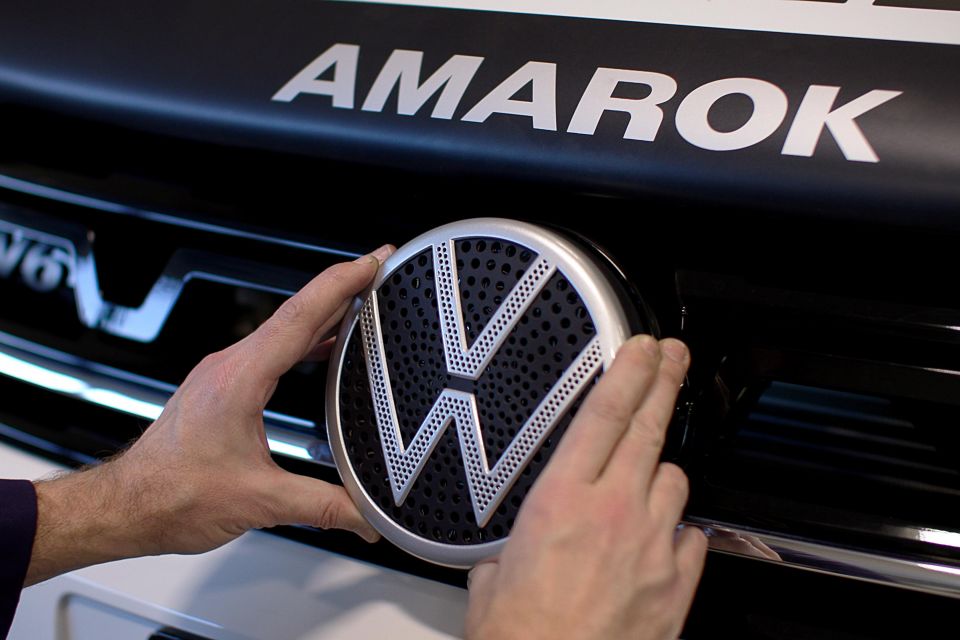
Dr Helen Bender of the University of Melbourne says this research is transferrable to other countries where deer pose a danger to drivers.
“What’s interesting about deer relative to kangaroos is that they’re very similar in body size, head size, and ear size,” said Dr Bender.
“What we know from science is that the ear shape in the head shape tells us that they probably have similar hearing. ranges. So, whatever we learn has transferability to the deer as well.”
Where expert car reviews meet expert car buying – CarExpert gives you trusted advice, personalised service and real savings on your next new car.
William Stopford is an automotive journalist based in Brisbane, Australia. William is a Business/Journalism graduate from the Queensland University of Technology who loves to travel, briefly lived in the US, and has a particular interest in the American car industry.


William Stopford
1 Month Ago


Paul Maric
23 Days Ago


Max Davies
17 Days Ago


Josh Nevett
9 Days Ago
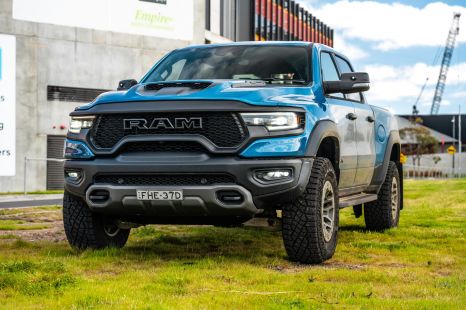

Max Davies
8 Days Ago
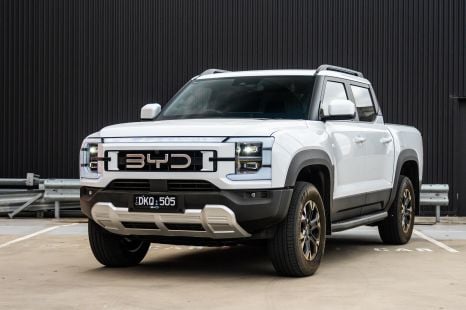

William Stopford
8 Days Ago